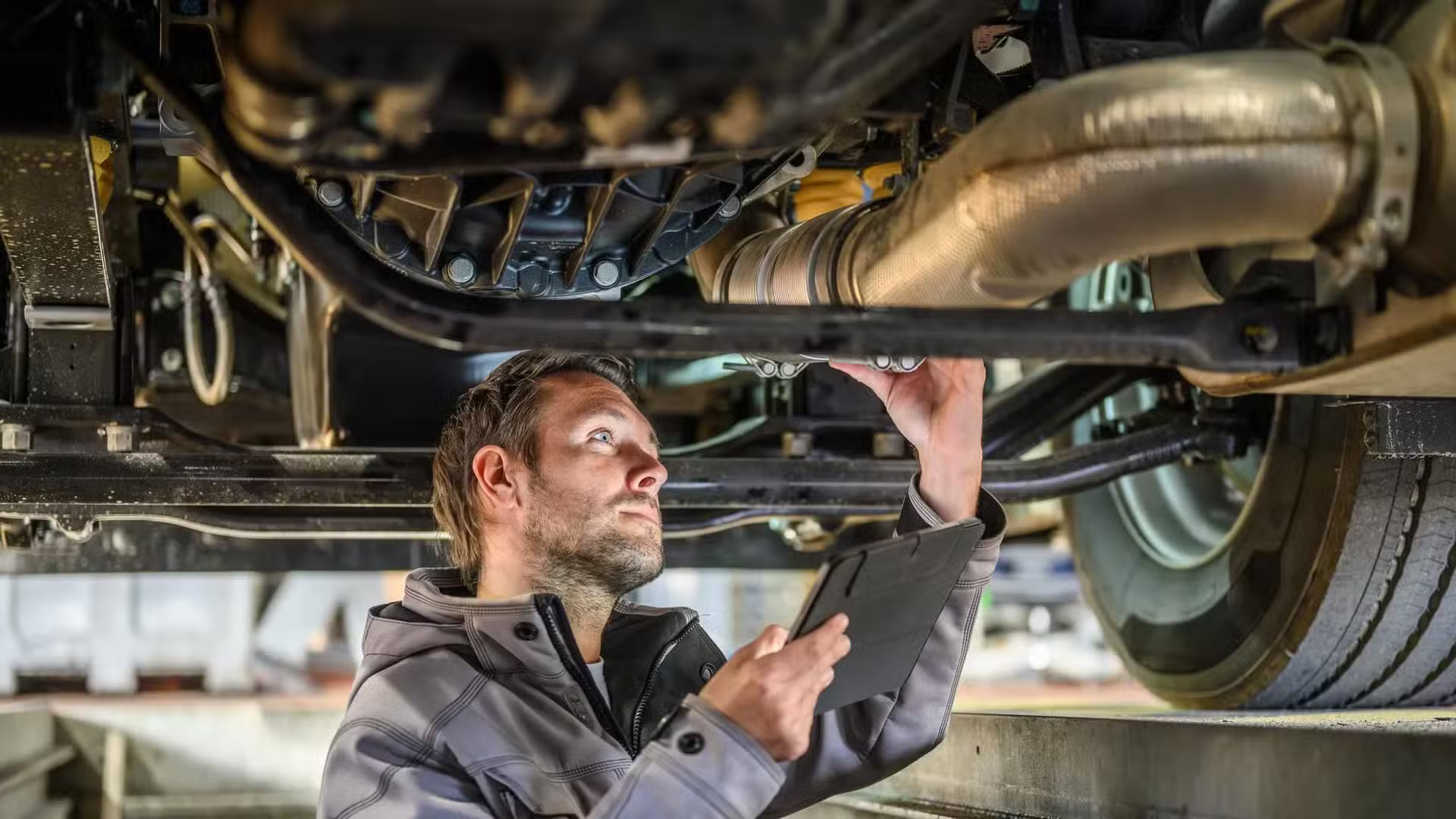When selecting a vehicle, engine reliability should be high on your list of considerations. A dependable, well-engineered powertrain ensures fewer unexpected breakdowns, lower maintenance expenses, and the reassurance that your car won’t fail you when you need it most.
Whether you’re navigating weekday traffic or setting off on longer weekend drives, a reliable engine contributes to a smoother, more relaxed driving experience every time.
In this guide, we’re taking an in-depth look at some of the most dependable engines ever produced.
We’ll examine what contributes to their longevity, highlight the design features that support their durability, and provide practical tips to help you keep your engine performing well for years to come.
From the precision of German engineering to the craftsmanship of Japanese manufacturers, these engines have earned their legendary status through years of proven performance in real-world conditions.
Before we explore our list of top-performing engines, it’s important to grasp the different types of engine configurations and how these layouts influence overall reliability.
Each engine type offers distinct advantages and drawbacks, along with unique maintenance demands. While some prioritize simplicity and low upkeep, others are designed for performance or space efficiency.
The configuration of an engine doesn’t just shape the driving experience it also plays a major role in its longevity and maintenance costs over time.
Common Car Engine Types
Inline Engines (I4, I6): These engines arrange their cylinders in a straight line. Thanks to their balanced design and fewer components, they are generally reliable. The inline-4 is the most widespread engine layout in modern cars, while the inline-6 is prized for its smooth operation.
V Engines (V6, V8): Featuring cylinders set in a V-shape, these engines are capable of producing more power in a smaller space. While they are common in trucks, SUVs, and performance vehicles, their complexity can sometimes lead to more involved servicing.
Flat/Boxer Engines: Found in vehicles from brands like Subaru and Porsche, these engines position their cylinders horizontally. This layout provides a lower center of gravity and smooth running characteristics, though the design can complicate maintenance tasks.
Rotary Engines: Though relatively rare, these engines use rotors instead of pistons. While compact and innovative, they tend to require more upkeep and are generally not known for long-term reliability.
Diesel Engines: Diesel units are typically built to handle high compression ratios, which makes them especially durable when maintained properly. Additionally, they offer excellent fuel efficiency over long distances.
What separates an engine that barely reaches 100,000 miles from one that confidently surpasses 300,000 miles? The answer lies in a range of critical factors.
It’s not simply about the vehicle manufacturer or driving habits long-lasting engines are the result of smart design, careful construction, and an unwavering focus on quality.
From the choice of materials to the tuning philosophy, every decision an engineer makes can impact an engine’s longevity. Below are several characteristics that can turn a merely good engine into one that stands the test of time:
As stated by the Society of Automotive Engineers (SAE), engines with simpler designs tend to have greater longevity. With fewer components to fail, reliability increases. This is why many of the most dependable engines stick to straightforward engineering principles without excessive complexity.
The longevity of an engine is significantly influenced by the materials used in its construction.
Components made from durable metals such as forged steel or cast iron especially in areas like the crankshaft, engine block, and connecting rods can drastically improve an engine’s lifespan.
Accurate machining and solid assembly also help reduce issues like deformation, cracking, or accelerated wear, particularly under high stress or long-term use.Engine tuning involves setting how power, efficiency, and throttle response are balanced.
Conservative tuning avoids pushing an engine to its limits, helping reduce internal stress and keep pressure and temperature in safe operating zones ideal for durability. In contrast, aggressive or poorly executed tuning can lead to major issues.
A video from High Performance Academy outlines common pitfalls, showing how improper tuning can result in detonation, overheating, or even catastrophic engine failure.
Good engine reliability also relies heavily on maintaining ideal operating conditions. Cooling systems prevent overheating and potential damage like warping or cracking, while a solid lubrication system minimizes friction between moving parts and protects against excessive wear.
The most robust engines have well-engineered systems that ensure consistent performance.
A 2023 Forbes article noted that with routine servicing and appropriate care, many modern engines are now capable of exceeding 250,000 miles a far cry from the expected lifespan of engines built in past decades.
While that figure might seem optimistic to some, many of the engines featured in this article have already proven they can go well beyond that mark, offering clear evidence of just how much progress has been made in engine reliability.
Top 10 Most Durable Car Engines Ever Built
Some engines are designed with performance in mind, while others are built to endure the test of time. But only a rare few manage to achieve both, earning legendary status for their unmatched reliability and long-lasting performance.
These powerplants have proven themselves over decades and hundreds of thousands of miles, standing out as benchmarks in automotive durability. Here’s an in-depth look at ten of the most enduring car engines ever made and what makes them so special.
1. Toyota 2JZ-GE/GTE Engine
The Toyota 2JZ engine particularly the turbocharged 2JZ-GTE variant found in the iconic MK4 Supra is widely regarded as one of the most reliable and revered performance engines ever produced.
Manufactured from 1991 to 2007, this 3.0-litre inline-six was developed during an era when Toyota was known for overengineering its vehicles.
The engine’s cast-iron block provides immense structural strength, while the GTE model’s factory-forged steel internals make it capable of withstanding massive power increases without compromising durability.

Even in stock form, the 2JZ is known to surpass 300,000 miles with only routine oil changes and standard maintenance. Tuners have repeatedly pushed this engine beyond 1,000 bhp by upgrading the turbochargers and fuel systems, yet the bottom end remains remarkably reliable.
A highly efficient oiling system helps prevent premature wear, while the sequential twin turbochargers deliver smooth and consistent power.
Backed by a strong global aftermarket and a reputation forged in both tuning culture and motorsport, the 2JZ is a true symbol of long-lasting performance.
2. Mercedes-Benz OM617 Diesel Engine
The Mercedes-Benz OM617 diesel engine is regarded as one of the most reliable diesel engines in automotive history.
Produced between 1974 and 1991, this 3.0-litre five-cylinder turbodiesel gained a reputation for durability in the W123 and W126 series vehicles still seen by many as some of the most dependable ever made.
Its exceptional longevity is largely due to its cast-iron block and head, which provide incredible durability, and its fully mechanical fuel injection system that eliminates most electronic failure points.
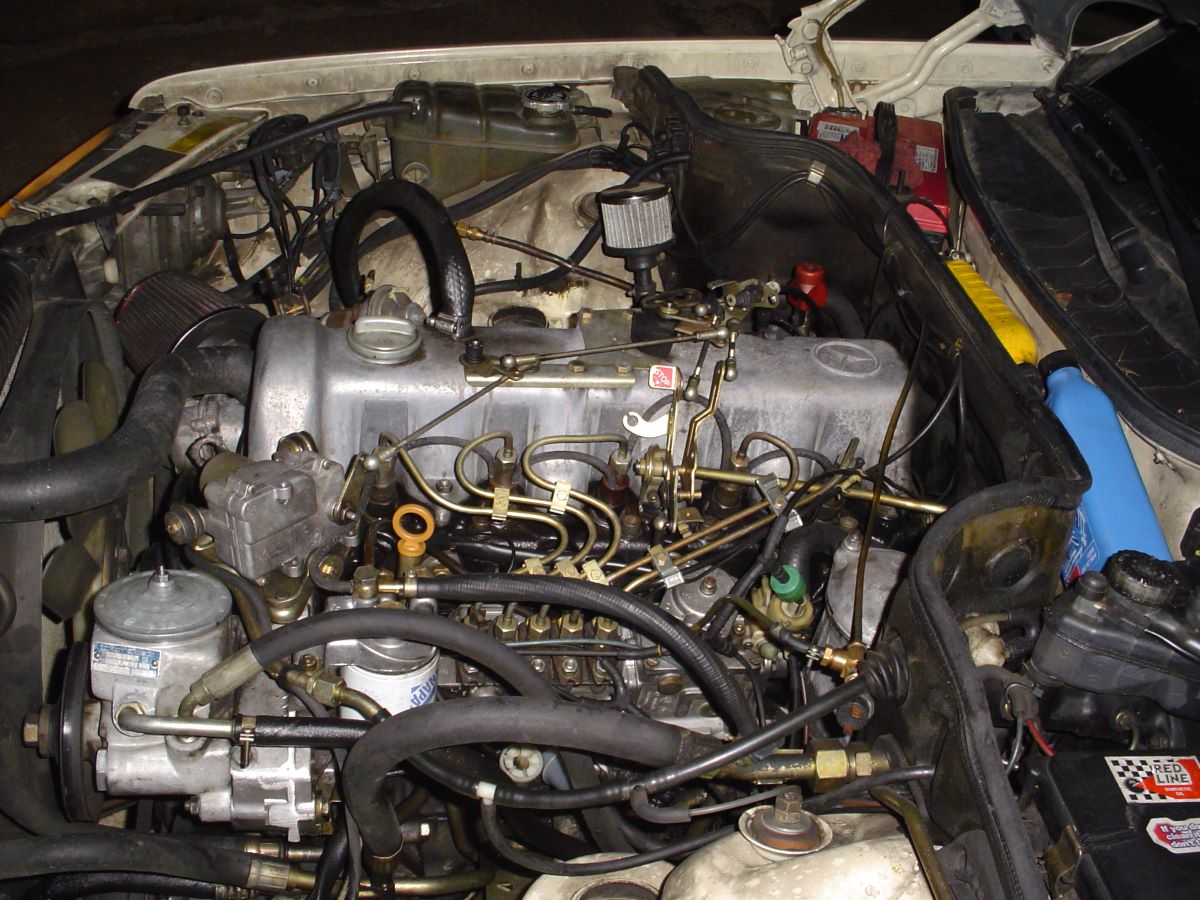
The engine’s relatively low power output means internal stresses are minimal, which allows it to operate reliably for extended periods.
It’s common to find OM617 engines running smoothly past 500,000 miles, with some exceeding a million miles. The engine also features effective oil cooling and is tolerant of lower-quality diesel, making it a favorite in remote regions and among diesel swap enthusiasts.
It represents a time in Mercedes-Benz’s engineering history when building long-lasting machines was a primary objective, not just a bonus.
Also Read: 10 Best Cars for Families and 5 You Might Regret
3. Toyota 22R / 22R-E Engine
The Toyota 22R and its fuel-injected version, the 22R-E, are among the most celebrated four-cylinder engines ever produced for their exceptional reliability.
Built between 1981 and 1997, these 2.4-litre engines powered various Toyota models, including the legendary Hilux, the 4Runner, and the Celica.
With a cast-iron block and aluminum head, the 22R was engineered for both simplicity and strength. Its chain-driven timing system eliminates the need for regular timing belt replacements, while the engine’s modest output ensures that internal components are not excessively stressed.
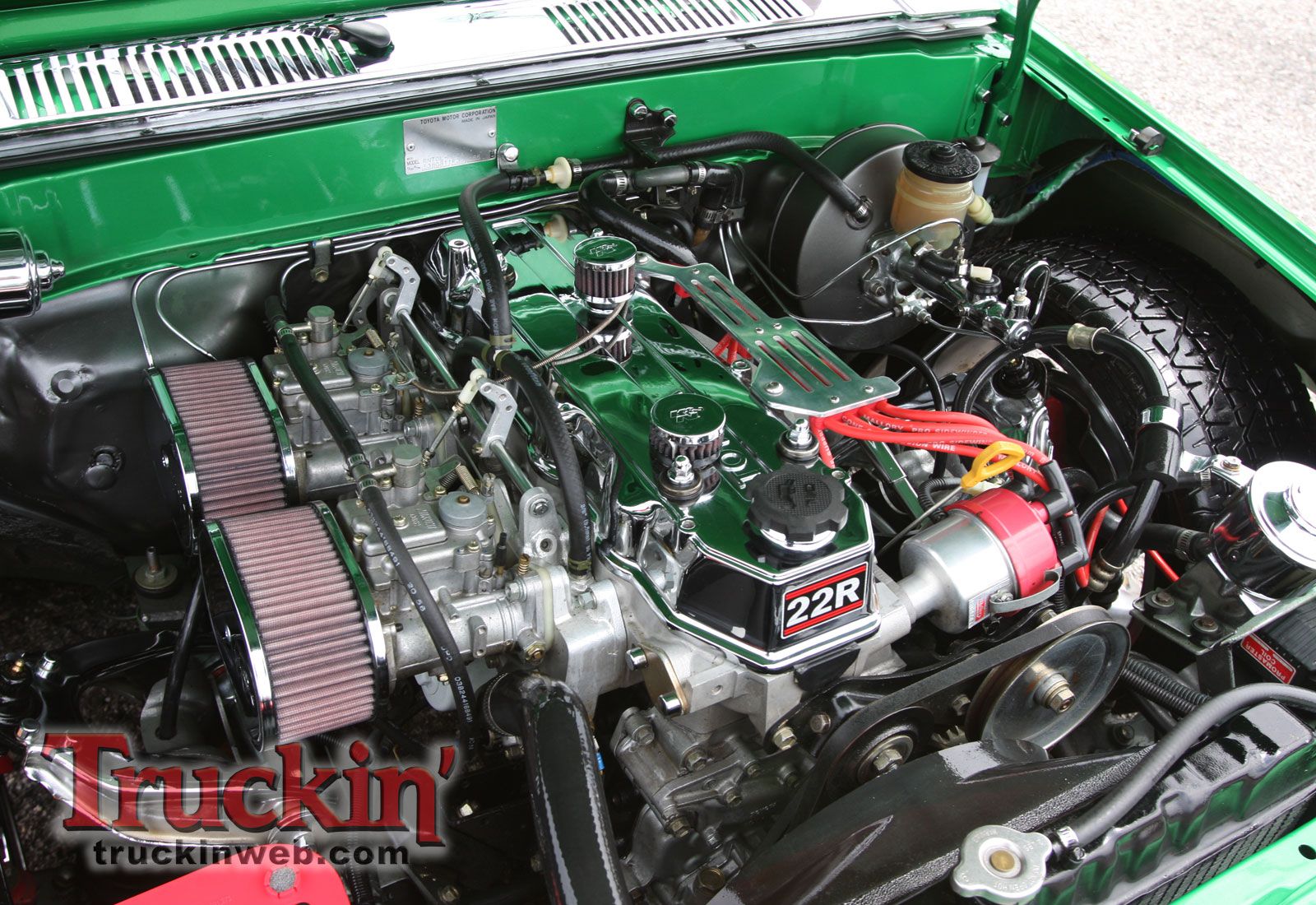
As a result, many of these engines easily exceed 300,000 miles, and it’s not uncommon for them to pass 400,000 without needing a major overhaul.
One of the standout traits of the 22R is its ease of maintenance parts are plentiful, repairs are straightforward, and servicing is possible even in remote areas. Its bulletproof design has earned it a global reputation, with many calling it “the engine that won’t die.”
The year is 1981. Big hair dominates pop culture, synthesizers pulse through the soundscape, and gliding down the road is a machine that captures the essence of the time – the 1981 Toyota Celica. This wasn’t just another economy car quietly fading into traffic.
The Celica stood out, symbolizing the rising influence of Japanese sports coupes that were beginning to challenge the European establishment in both form and function.
The design of the 1981 Celica struck a balance between sleek sportiness and refined sophistication. Its aerodynamic profile, characterized by flowing curves and sharply defined angles, signaled a focus on performance.
Available in two body styles – a coupe and a hatchback – the Celica offered drivers a choice between classic style and surprising practicality.
The hatchback, in particular, delivered more cargo space than one might expect from a car with such sporty intentions, making it an appealing option for those who wanted versatility without sacrificing looks.
Under the hood, the Celica delivered a driving experience that was spirited for its time. Though not a powerhouse by modern metrics, it offered genuine thrills, especially in its GT variant. From 1975 to 1980, the Celica was powered by the sturdy 20R engine.
In 1981, Toyota gave the engine a boost by increasing the bore to create the 22R. This update offered more power and gave enthusiasts a robust platform for modifications. Many owners embraced the tuning potential, enhancing the car’s performance even further.
But the 1981 Celica wasn’t all about speed and design – it was about feel. Its rear-wheel-drive setup, a configuration rarely seen in modern mainstream cars, provided excellent balance and control.
This gave drivers a sense of connection to the road that resonated with purists and performance lovers alike. The car’s handling, coupled with its manageable size and lightweight design, made it a joy to drive on winding roads or city streets.
The legacy of the 1981 Celica extends far beyond its production year. It helped establish Toyota as a serious contender in the world of performance vehicles, laying the groundwork for legendary successors like the Celica GT-Four, a turbocharged all-wheel-drive machine that would go on to dominate in the World Rally Championship.
For many, the 1981 Celica was the beginning of a love affair with Japanese sports cars – a love that would only grow stronger in the decades to come.
Today, the 1981 Celica is a treasured classic among collectors and enthusiasts alike. Its blend of performance, usability, and timeless design serves as a reminder of a pivotal moment in automotive history – a time when Japanese automakers started rewriting the rules, offering cars that could do it all without breaking the bank or compromising on style.
Equally iconic, though in an entirely different vein, is the Toyota pickup truck from 1985 to 1995.
Built to outlast expectations and designed with durability in mind, this unassuming workhorse found its soulmate in the 22RE engine – a pairing that would go on to earn a reputation for near-indestructibility. While flashier trucks came and went, the 1985-1995 Toyota pickup quietly built a legacy of rugged reliability.
Marketed as the “Hilux” in other regions, this pickup was engineered for utility first and foremost. Its boxy, straightforward design prioritized function over flair, with a tough frame and reliable underpinnings that made it ideal for labor-intensive work.
Whether you chose the standard or extended cab, two-wheel drive or four-wheel drive, the truck was versatile enough to meet a variety of needs. Its suspension system, while basic, was engineered for resilience, making it capable of carrying heavy loads and handling rough terrain without complaint.
At the heart of this dependable platform was the 22R/RE engine – a 2.4-liter naturally aspirated four-cylinder built not for speed, but for endurance. With a simple yet effective design, the 22R/RE delivered solid fuel economy and was known for its ability to run forever with just routine maintenance.
Free from the complexity of modern electronics, it embodied the “less is more” philosophy, and that simplicity contributed to its legendary longevity. It wasn’t unusual to hear of these trucks passing the 300,000-mile mark without needing a rebuild – a feat that became part of their mythos.
The combination of the bulletproof engine and the purpose-built pickup created a vehicle that could truly handle anything. Farmers, contractors, off-roaders, and adventurers alike turned to this pairing for its no-nonsense performance and unmatched dependability.
The fact that so many are still on the road today – often with original drivetrains – speaks volumes about the thought and care Toyota put into the engineering of both the truck and the engine.
Even now, decades after production ended, the 1985-1995 Toyota pickup and 22R/RE engine combo remains a favorite in the enthusiast community.
It’s valued not just for its reliability, but also for how easily it can be modified for off-road use, the abundance of available parts, and the simple satisfaction of owning a machine that was built to last.
These trucks embody a philosophy that has become increasingly rare in the modern auto industry – one that prioritizes durability, practicality, and purpose-driven design over fleeting trends and overcomplicated tech.
If you’re in search of a dependable, no-frills truck that’s proven its mettle time and time again, a well-kept example of the 1985-1995 Toyota pickup with the 22RE engine might just be the answer.
It may not boast touchscreens or turbochargers, but it offers something far more valuable – the enduring satisfaction of driving a true legend.
4. Honda B-Series VTEC Engines
Honda’s B-Series engines, particularly the VTEC-equipped versions like the B16A and B18C, strike a remarkable balance between high-revving performance and long-term reliability.
Produced from the late 1980s through the early 2000s, these engines powered some of Honda’s most iconic models, including the Civic SiR and the Acura Integra Type R.
Despite their ability to rev beyond 8,000 RPM, these engines are known for their durability, thanks to tight internal tolerances, forged components, and superior oil control systems.

The VTEC system, which allows the engine to switch between camshaft profiles, ensures it remains efficient under light loads and powerful when needed.
With routine maintenance and the use of quality oil, B-Series engines can easily surpass 300,000 miles, while still performing impressively on the track and in tuned street builds.
Their blend of efficiency, performance, and toughness has made them a staple in the tuning community and a benchmark in small engine reliability.
5. BMW N52 Inline-6 Engine
The BMW N52 engine stands as the last naturally aspirated inline-six motor developed by the brand and is often recognized as one of BMW’s most reliable powerplants.
Manufactured between 2004 and 2015, it found a home in a variety of BMW models, including the 3 Series and Z4, and is praised for its smooth performance, refined operation, and robust reliability.
What sets the N52 apart is its use of a magnesium-aluminium composite block a bold and advanced engineering choice aimed at reducing weight while preserving strength.
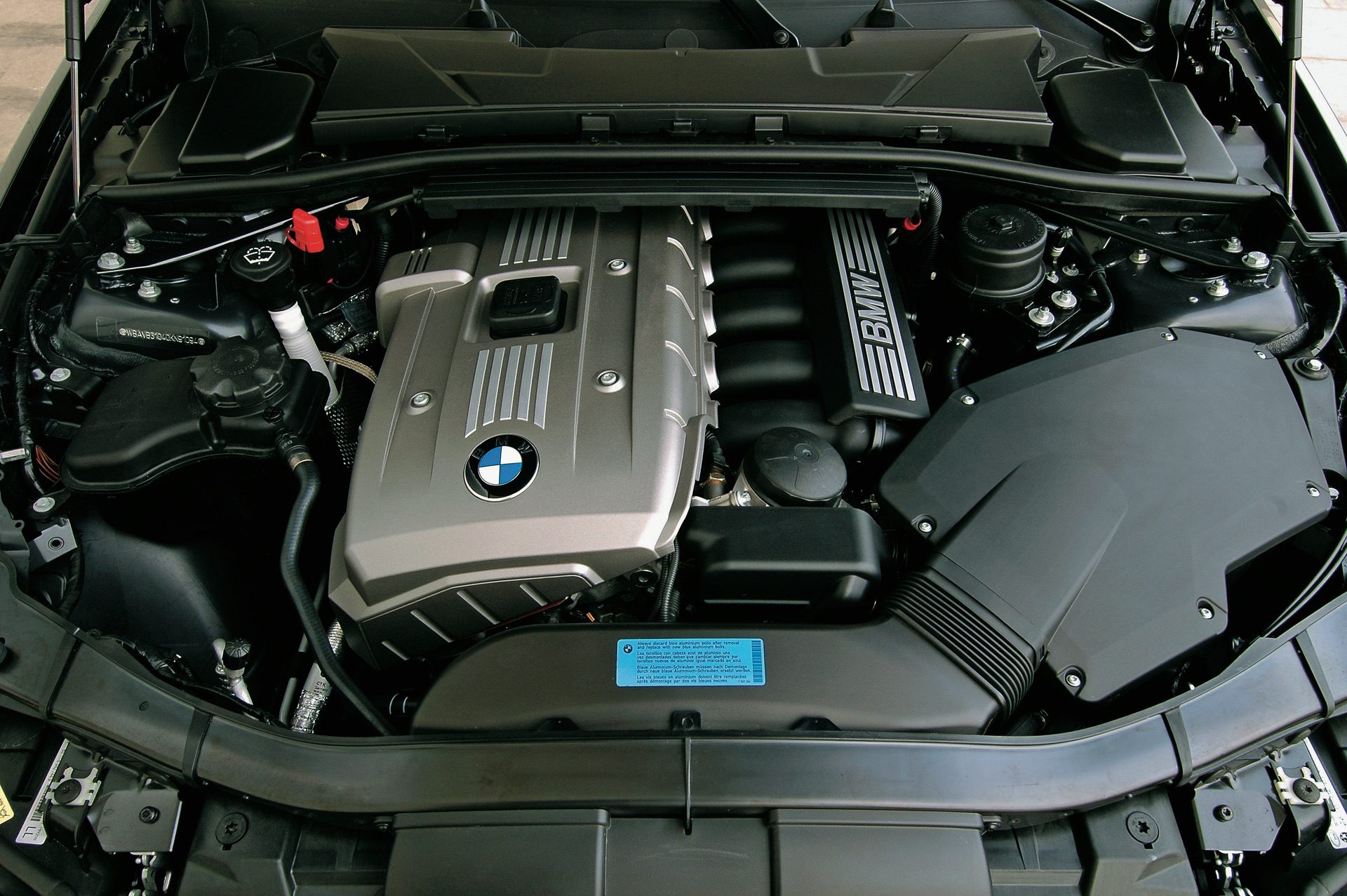
It also marked the debut of BMW’s Valvetronic system, a variable valve lift technology that improved both throttle response and fuel efficiency.
Despite its relative complexity, the N52 remains highly durable, commonly surpassing 200,000 miles when maintained with regular oil changes and proper attention to its cooling system a known weak point.
As a product of BMW’s performance-oriented design philosophy, the N52 strikes an impressive balance between power, efficiency, and enduring reliability.
The inline-six engine is the backbone of BMW’s engineering legacy. The company has been producing this configuration since the 1930s, beginning with the M78 in the BMW 303.
Over time, BMW refined the formula, reaching new heights with celebrated engines like the M88 in the mid-engined BMW M1, a powerplant lauded for its high output, race-bred character, and unforgettable sound.
Decades later, the S54 continued the tradition in the E46 M3, becoming a benchmark with its ability to generate over 100 horsepower per liter.
While the motorsport-derived BMW M engines naturally command much of the spotlight, there are several inline-six engines that have remained relatively underappreciated.
Chief among them is the N52, which succeeded the M54 in the mid-2000s. Interestingly, this is the only inline-six in BMW’s modern history without a direct M counterpart – and ironically, that might make it the one most worth your attention.
What makes the N52 stand out starts with its construction. Like the M50 and M54 before it, the N52 traces its roots back to the original M30 engine.
But the N52 took a major leap forward with a lightweight magnesium-aluminum block – the only BMW inline-six to feature this combination. This reduced weight compared to its predecessors, helping enhance vehicle dynamics.
The engine also boasted a higher redline and the addition of Valvetronic variable valve lift, making it more responsive and more potent than the older M-designated six-cylinders.
In practical terms, the N52 brought a unique blend of accessibility and usability to the table. It was fitted in nearly every BMW model during its production run – from the sporty Z4 to the entry-level 1 Series and even the luxurious 740i.
This broad application means that replacement parts are abundant, and there’s a wealth of do-it-yourself content online to support home mechanics. For those who like to turn their own wrenches, the N52 offers relatively hassle-free ownership – a rarity among BMW engines.
However, the N52 isn’t without its flaws. It doesn’t possess the charismatic edge or raw personality that engines like the S54 exude. With a peak output of 255 horsepower in its most powerful N52B30 variant, it’s also not a performance heavyweight.
When compared to the 330+ horsepower S54 or the turbocharged N54 that pushed out around 300 horsepower, the N52 doesn’t exactly stand out on paper. Enthusiasts chasing high numbers tend to overlook it.
Another downside is the engine’s limited tuning potential. While bolt-ons like intakes and exhausts are available, the performance gains are modest. Extracting meaningful power often requires a supercharger kit, which isn’t cheap – even for experienced DIY builders.
Ironically, these shortcomings contribute to the engine’s solid reputation for reliability. With less stress and simpler architecture than high-performance or turbocharged counterparts, the N52 proves to be a dependable workhorse.
The N52 also holds a unique place in BMW history for what it didn’t receive – an M variant. Unlike its M52 and M54 predecessors, which evolved into the S52 and S54, the N52 was bypassed.
The reason lies in BMW’s shift with the E90 M3, which received a more powerful and technically ambitious V8 engine based on the E60 M5’s V10.
There was simply no place for a high-output inline-six in that equation, though the idea of an M-spec magnesium/aluminum inline-six remains tantalizing.
Significantly, the N52 is the final naturally aspirated inline-six BMW produced, not counting the rest-of-world N53 that used direct injection.
That distinction alone secures its place in the marque’s legacy. As forced induction became the new norm, the N52 marked the end of an era. And fittingly, it may also be one of the finest naturally aspirated engines BMW ever built.
Also Read: 12 Vehicles With the Best DIY Repairability
6. Lexus/Toyota 1UZ-FE V8 Engine
The 1UZ-FE V8 was Toyota’s first all-aluminium V8 engine, introduced in the Lexus LS400 in 1989 as part of an ambitious strategy to take on established luxury rivals like Mercedes-Benz and Audi.
Displacing 4.0 litres, this engine was meticulously engineered for long-term durability, refined performance, and smooth operation. Its overbuilt nature includes features like six-bolt main bearings, forged internals, and a belt-driven dual overhead camshaft layout.
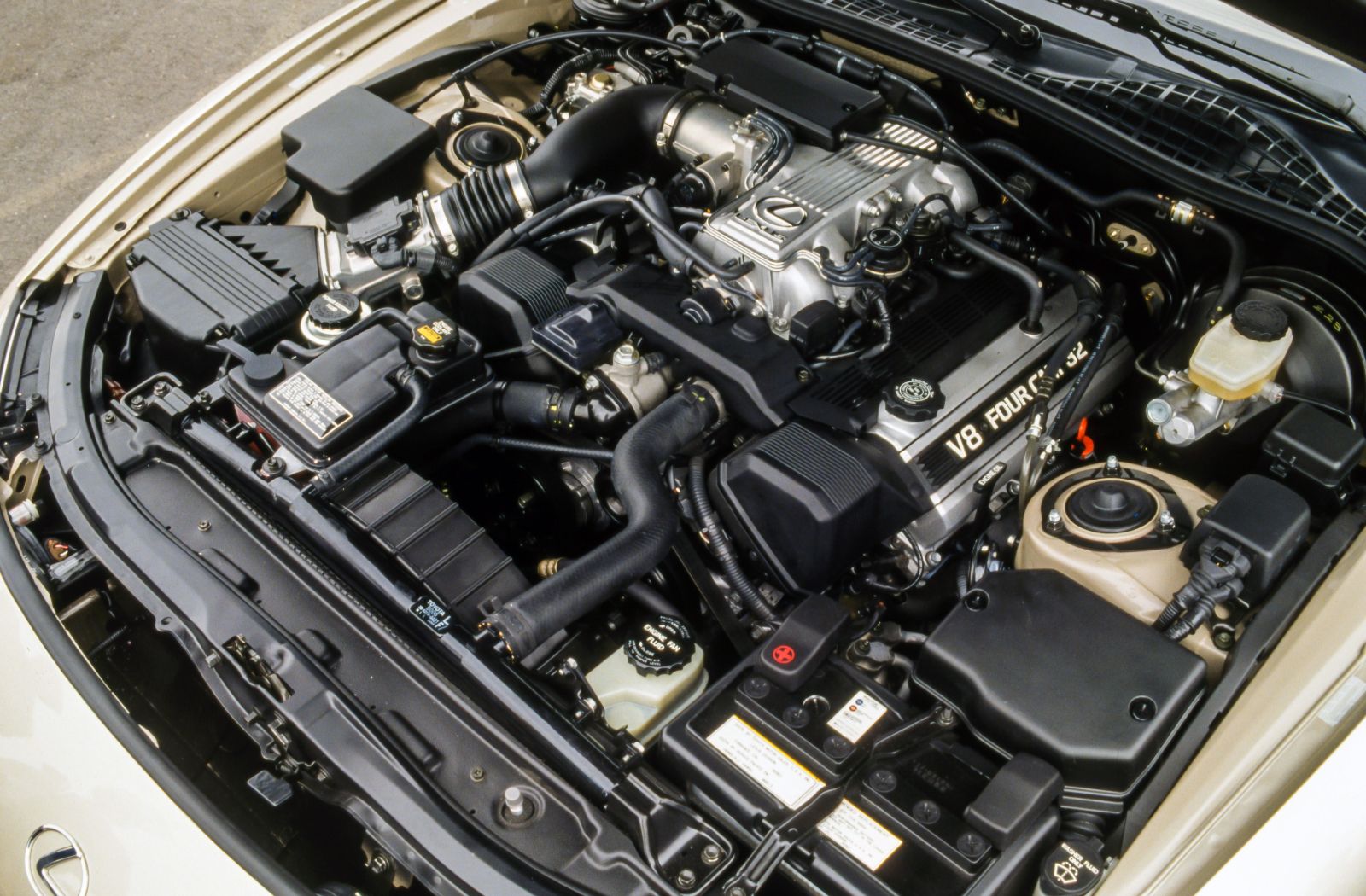
Conservative tuning and a robust cooling system mean the 1UZ-FE can comfortably exceed 300,000 miles with routine care. It’s also lauded for its quiet, vibration-free running, which contributed greatly to the LS400’s reputation for refinement.
Given its strength and durability, the 1UZ-FE has become a popular engine swap choice in performance builds, including drift and kit cars. It exemplifies Toyota’s unique ability to merge luxury with lasting mechanical integrity.
7. Volvo Redblock Engines
Volvo’s Redblock engines, so named for their distinctive red-painted blocks, are a family of inline-four and inline-five engines produced from the 1970s through the 1990s.
These engines powered durable models like the Volvo 240, 740, and 940 series and became synonymous with reliability. Constructed using a cast-iron block and head, the Redblocks were engineered to withstand extreme cold, long distances, and extended periods of minimal maintenance.
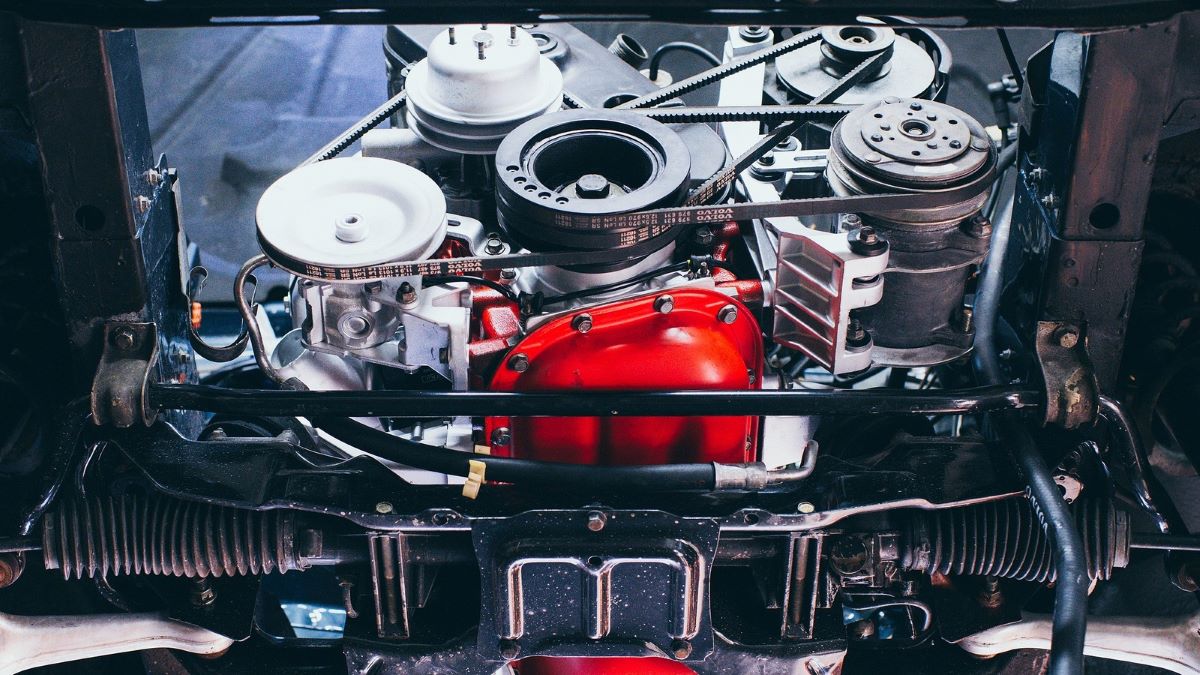
These engines frequently last beyond 300,000 miles without requiring major internal work, owing to their conservative power output and low compression ratios that reduce internal strain.
Their straightforward mechanical layout makes them simple to maintain and repair, a trait highly valued by DIY mechanics.
The turbocharged variants have also proven themselves in performance tuning, handling increased boost without compromising longevity. Among Volvo fans and engine enthusiasts, Redblocks hold a respected and loyal following.
8. Nissan VQ V6 Engine
The Nissan VQ engine family has been a core component of the brand’s lineup since its introduction in 1994, powering a wide array of vehicles ranging from the sporty 350Z to the practical Maxima and Pathfinder, as well as Infiniti’s G-series.
These V6 engines are known for their smooth operation, strong output, and surprising durability, particularly given their advanced design. With aluminium construction, dual overhead cams, and variable valve timing, the VQ balances performance and reliability.
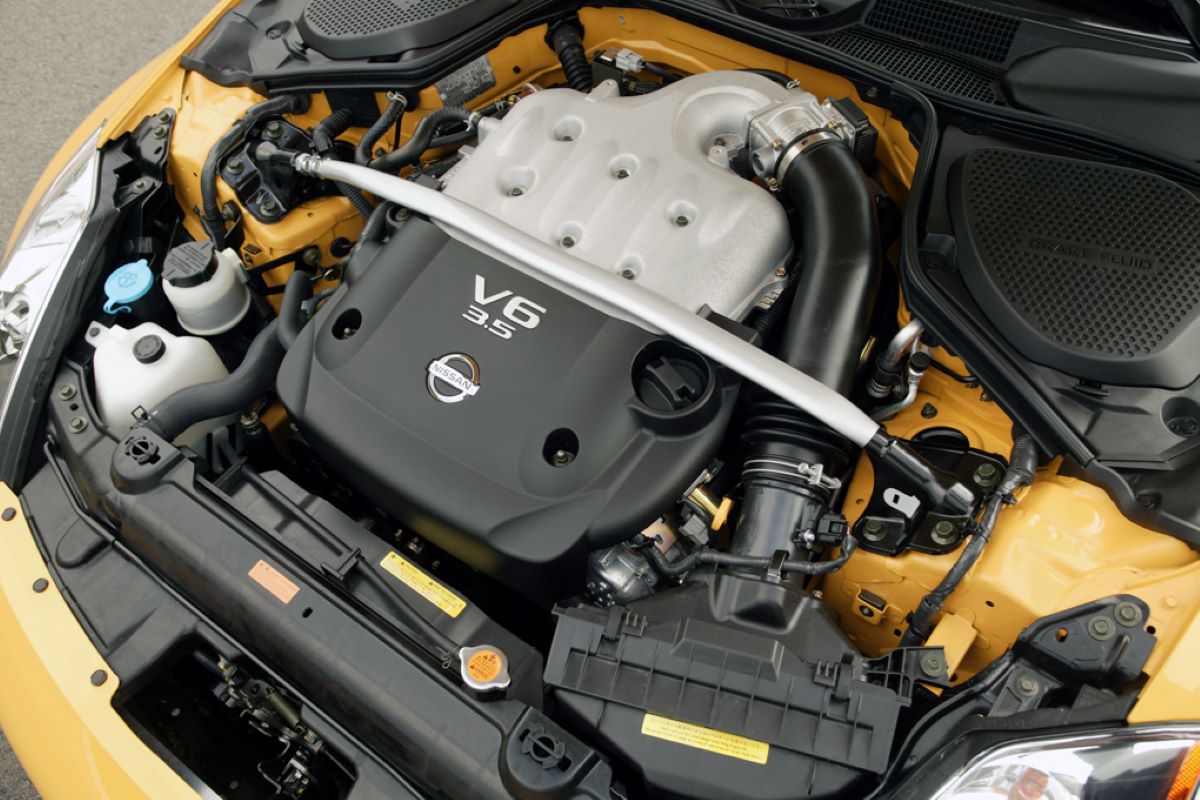
Early naturally aspirated versions are especially well-regarded, with many examples surpassing 200,000 miles with minimal issues.
The use of a timing chain rather than a belt reduces long-term maintenance concerns, and the engines generally tolerate regular use well, provided oil changes and cooling system upkeep are maintained.
Its wide-ranging applications and reputation for dependability have helped the VQ earn a place on numerous “best engine” lists over the years.
9. Ford Windsor V8 Engine
The Ford Windsor V8 engine is a staple of American automotive engineering, produced from 1962 to 2001 and used in a broad range of vehicles from the Mustang and Falcon to full-size vans and pickup trucks.
Displacements varied from 221 to 351 cubic inches, but the engine’s core design featured simple cast-iron construction and a pushrod valvetrain with fewer moving parts than modern overhead cam designs.

This simplicity contributes directly to its reputation for durability and ease of service. Without complicated electronics, diagnosing and repairing issues often requires only basic tools.
The Windsor V8 is also prized for its strong bottom end and vast aftermarket support, making it a popular platform for muscle car restorations and hot rod builds.
When properly maintained, it’s not uncommon for these engines to run well beyond 200,000 miles especially in utility vehicles that weren’t constantly pushed to their limits.
10. Mazda Skyactiv-G Engine
Mazda’s Skyactiv-G engine, introduced in 2011, is the newest entry on this list but has already proven itself as a strong contender in the world of long-lasting powerplants.
This naturally aspirated gasoline engine features a notably high compression ratio (up to 14:1 in some markets), yet it does not require premium fuel a feat made possible by innovative design choices.
These include a long 4-2-1 exhaust manifold, specially shaped pistons, and multi-hole fuel injectors to promote even combustion and reduce wear.
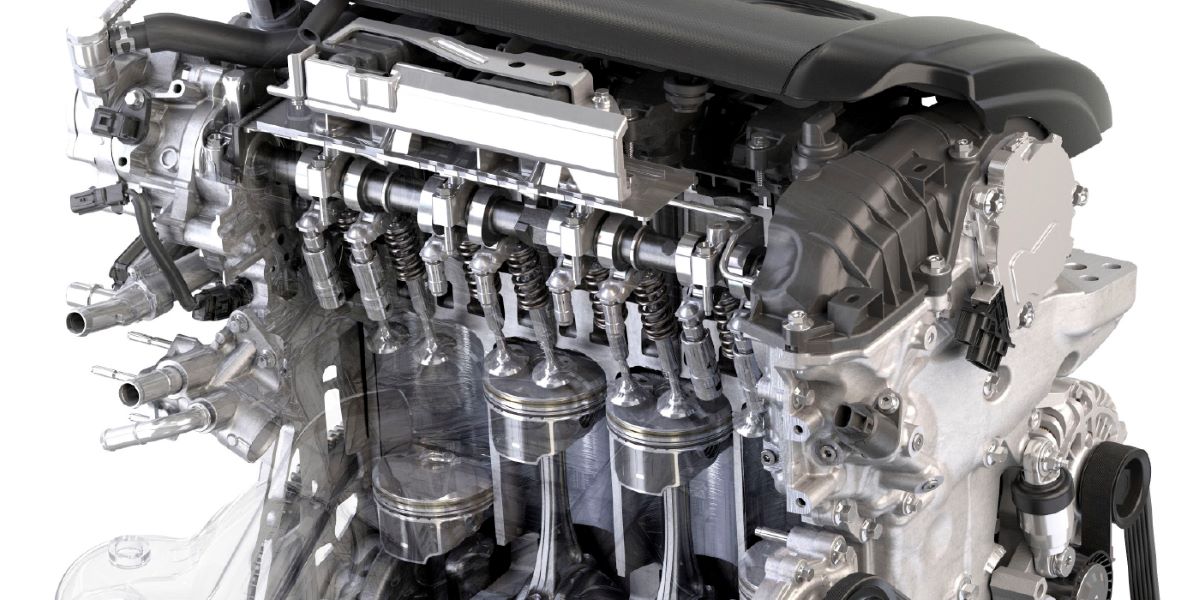
Despite this complex engineering, the Skyactiv-G is surprisingly low-maintenance and free from the added complication of a turbocharger. The timing is driven by a chain rather than a belt, which enhances its long-term dependability.
Real-world usage reports now show many Skyactiv-G-equipped vehicles passing the 150,000-mile mark with little trouble.
Mazda has managed to strike a rare balance with this engine combining modern efficiency with the kind of longevity typically found in more traditional designs.
The world is undergoing a shift, and with it, many drivers are rethinking their habits—especially when it comes to fuel consumption.
Maybe you hadn’t paid much attention to how much gasoline you were burning in the past, but now you find yourself gravitating toward vehicles that are both more environmentally conscious and easier on your wallet at the gas station.
Automakers, for their part, need to acknowledge this shift and ensure that choosing a more efficient vehicle doesn’t mean sacrificing power or driving enjoyment.
Balancing performance with fuel efficiency is one of the biggest challenges the automotive industry faces going forward, and Mazda’s SkyActiv-G technology may play a crucial role in addressing it.
At its core, anything that helps a vehicle run more efficiently ultimately saves the driver money. While basic maintenance—such as regularly checking and replacing spark plugs—can make a noticeable difference, Mazda is pursuing a far more ambitious strategy with SkyActiv-G.
This advanced engine technology is designed to optimize fuel combustion, ensuring the engine extracts as much energy as possible from every drop of gasoline. Let’s dive into what SkyActiv-G actually is and explore the engineering principles that make it tick.
Since the invention of the internal combustion engine, automakers have been refining and advancing the technology to improve both practicality and performance.
Without this constant innovation, we’d still be driving something like Carl Benz’s original 0.75-horsepower Patent Motor Car from the 1880s. SkyActiv-G is Mazda’s most recent step forward in this ongoing evolution of fuel-powered engine design.

